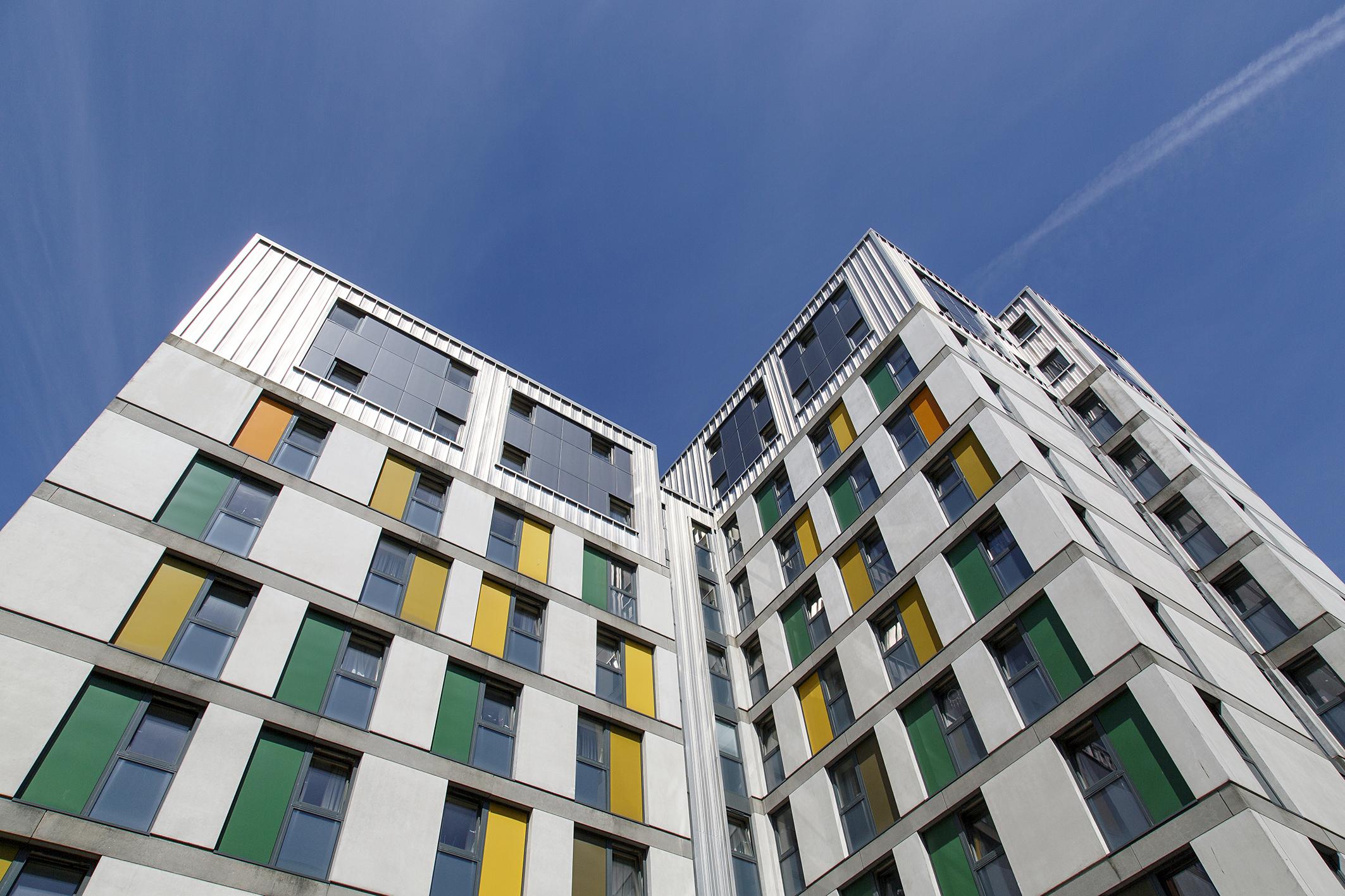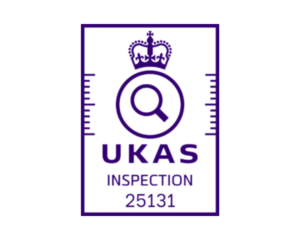FASET is pleased to report on the following government initiative designed to increase safety in residential tower buildings.
In an ultimatum issued by Housing Secretary Michael Gove, property developers have until March to agree a system of payments to fix dangerous cladding on intermediate tall buildings.
So far, residents in blocks 11-18m high have been ineligible for government support to remove unsafe cladding.
“It is neither fair nor decent that innocent leaseholders, many of whom have worked hard and made sacrifices to get a foot on the housing ladder, should be landed with bills they cannot afford to fix problems they did not cause," Mr Gove said in a letter to developers in England and Wales.
"For too many of the people living in properties your industry has built in recent years, their home has become a source of misery."
In the letter, Mr Gove asks companies to agree to:
- pay into a fund to cover the outstanding cost to remediate unsafe cladding on 11-18-metre buildings, currently estimated to be £4bn;
- fund and undertake all necessary remediation of buildings over 11 metres that they have played a role in developing;
- provide details of all buildings over 11 metres that have historic safety defects and which they have played a part in constructing in the last 30 years.
Following the Grenfell fire, which killed 72 people in 2017, flammable cladding and other fire safety defects were discovered in hundreds of blocks of flats across the UK.
Removing cladding can cost millions of pounds per block, with the cost often being borne by individual flat owners, under the leasehold system in England and Wales.
Most 11 to 18-metre buildings are safe and others that do have combustible cladding may also be safe or can be made safe with measures such as sprinklers and alarms. There are, however, a few residential buildings with unsafe cladding that need to be addressed.
Image: Shutterstock









